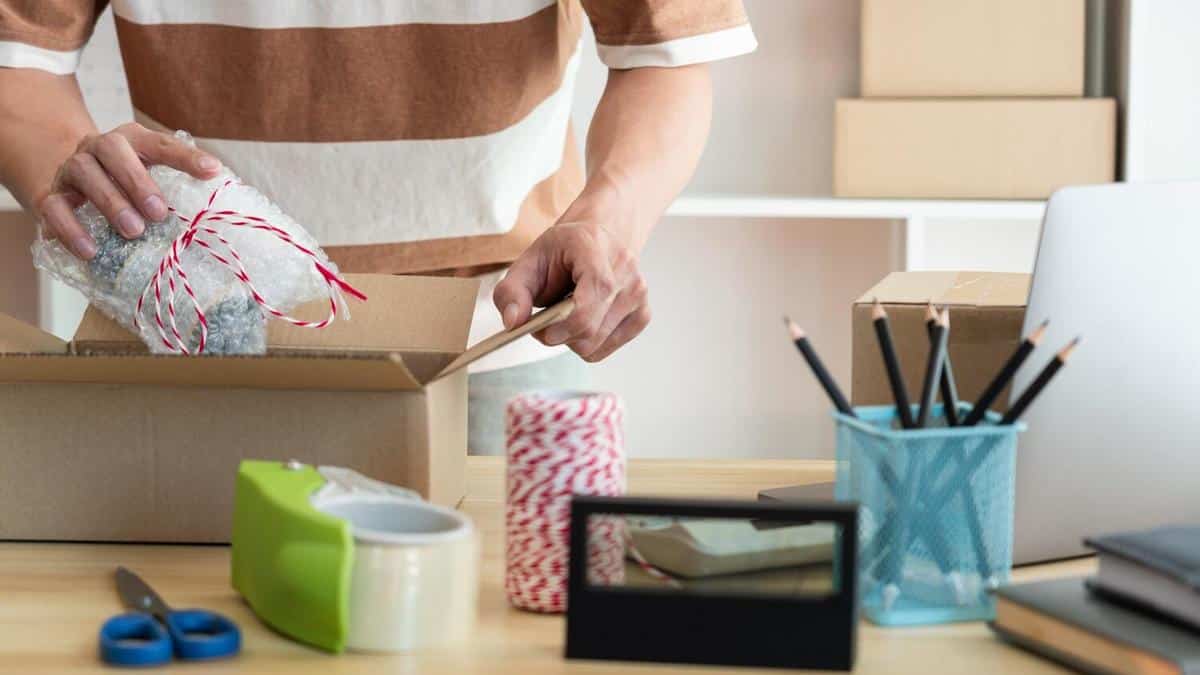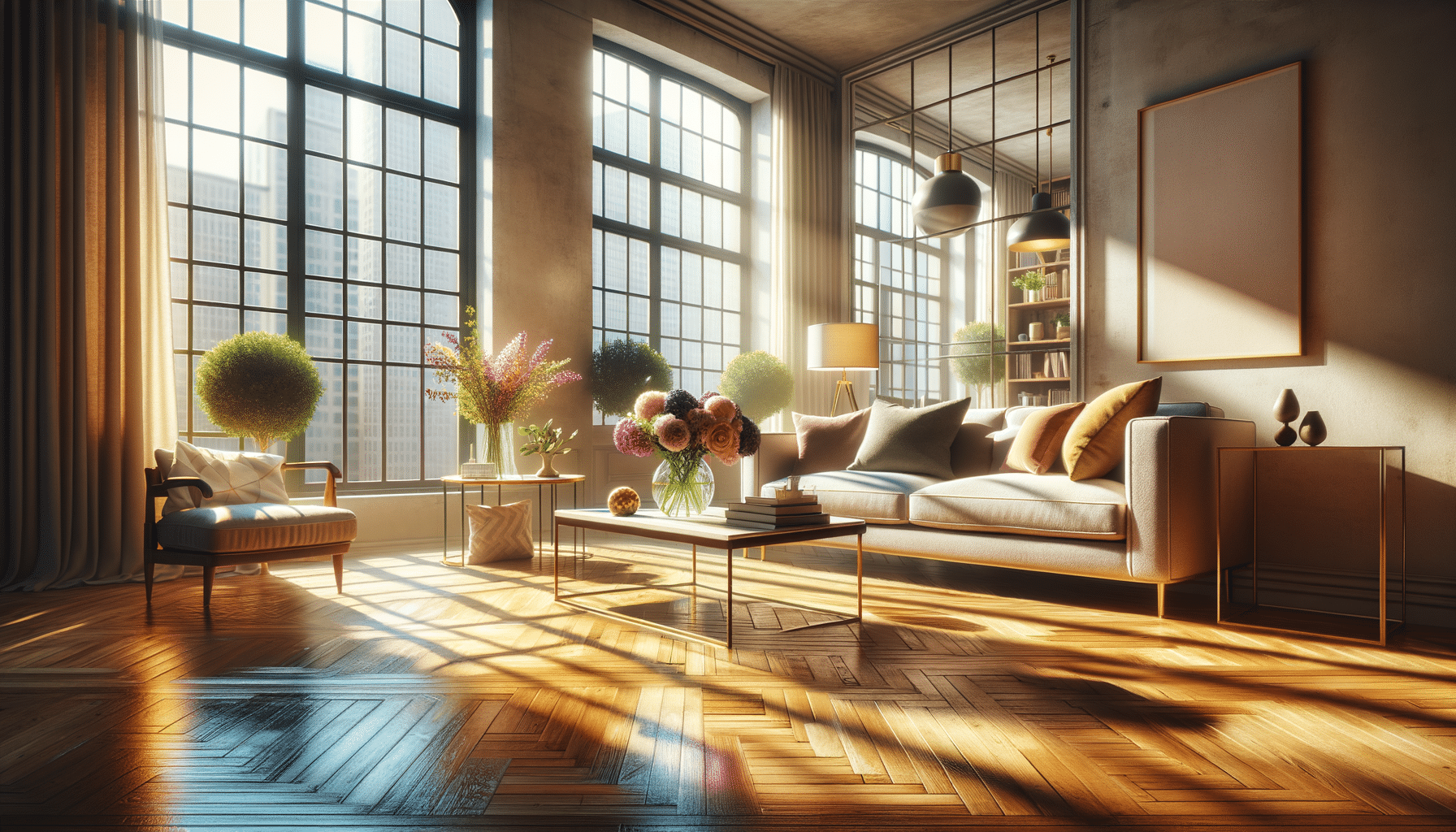
Eco-Friendly Tips for Upcycling Cardboard into Storage Solutions
Cardboard boxes often pile up in our homes, especially after moving or online shopping sprees. Instead of tossing them away, why not transform these humble boxes into functional storage solutions? Upcycling cardboard not only helps the environment by reducing waste but also offers a creative outlet for personal expression.
Upcycling is an art that combines sustainability with creativity, breathing new life into everyday items. Cardboard, a versatile material, can be easily transformed into practical storage solutions with a few simple tools and techniques.
Why Upcycle Cardboard?
According to the Environmental Protection Agency, recycling one ton of cardboard saves over 9 cubic yards of landfill space. By upcycling, you’re contributing to this positive impact while also reducing the carbon footprint associated with manufacturing new storage products.
Expert Insights
Emily Rogers, a sustainability advocate and author, emphasizes that “upcycling is a conscious choice to be kind to our planet while fostering creativity.” Her insights underline the importance of rethinking waste as a resource.
Gathering Your Materials
Start with sturdy cardboard boxes, a utility knife, a ruler, and adhesive. Consider additional materials such as decorative paper or fabric to personalize your storage solutions.
Creative Ideas for Cardboard Storage
- Shoe Organizer: Cut and stack cardboard pieces to fit into a closet space, creating compartments for shoes.
- Desk Organizer: Use smaller boxes to create compartments for pens, paperclips, and other office supplies.
- Drawer Dividers: Custom-cut pieces to fit drawers, keeping items neatly separated.
- Wall Pockets: Attach cardboard pockets to walls for holding mail or notes.
Actionable Steps
- Measure and Plan: Determine the dimensions of the space you need to organize.
- Cut with Precision: Use a ruler and utility knife for clean edges.
- Assemble with Care: Use adhesive to secure pieces together.
- Personalize: Decorate with paint or fabric for a unique touch.
Table of Cardboard Upcycling Ideas
| Project | Materials Needed | Time Estimate |
|---|---|---|
| Shoe Organizer | Cardboard, adhesive, utility knife | 1-2 hours |
| Desk Organizer | Small boxes, scissors, glue | 30 minutes |
| Drawer Dividers | Cardboard, ruler, knife | 1 hour |
| Wall Pockets | Cardboard, tape, mounting strips | 45 minutes |
| Toy Storage | Large box, paint, fabric | 2-3 hours |
| Decorative Bins | Cardboard, wrapping paper, glue | 1.5 hours |
| File Holder | Cardboard, scissors, tape | 1 hour |
| Magazine Rack | Thick cardboard, knife, glue | 1.5-2 hours |
Frequently Asked Questions
Can I use any type of cardboard for upcycling?
Yes, but sturdier cardboard, like those used in shipping boxes, is ideal for structural projects.
How do I make my cardboard creations water-resistant?
Consider using a sealant or waterproof paint to protect your projects from moisture.
Is upcycling cardboard safe for children?
Yes, but adult supervision is recommended, especially when using sharp tools.
Conclusion
Turning cardboard into storage solutions is not just about creating space; it’s about making a conscious choice to live sustainably. By following these tips, you can create functional, beautiful storage while reducing waste. So, the next time you find yourself with a pile of cardboard, remember the potential it holds. Happy crafting!


